Vishwaroopam Production Timeline Explorer
The 20-Year Journey of Vishwaroopam
Explore how Kamal Haasan built India's longest-gestating film piece by piece, scene by scene, across two decades.
Kamal Haasan begins writing the script for Vishwaroopam
Started writing the spy thriller script during a break from other projects. No studio backing - filmed entirely with personal funds from acting gigs.
Part of Dasavathaaram earnings fund film production
Used portions of his salary from Dasavathaaram to finance Vishwaroopam. Began filming scenes during breaks between other projects.
Self-released Vishwaroopam without distributor
Released in Tamil Nadu and Kerala. Opened to mixed reviews but earned ₹60 crore in first week, proving audience interest.
Vishwaroopam II released as a continuation
Sequel released after 5 years, made ₹120 crore worldwide. Added new characters and espionage layers from original footage.
Filmed 10-minute epilogue during pandemic
Shot during Chennai lockdown, added as an epilogue to the film. Later released as digital exclusive.
4K restoration of original version released
Quietly released 4K restored version with remastered audio and AI-enhanced visuals. Included previously unseen Paris café scene from 2009.
Key Facts
12 Countries
Filmed across 12 countries including India, US, Jordan, Turkey, France and UK
20 Years
From 2003 to 2023 - one of longest-gestating films in cinema history
Most movies are shot in a few months. A few stretch to a year. But one Indian film took 20 years to finish - not because of delays, but because it was built piece by piece, scene by scene, across two continents, with no studio backing and no safety net. This isn’t a myth. It’s the real story of Vishwaroopam and its sequel, Vishwaroopam II, directed by and starring Kamal Haasan.
How a Dream Turned Into a Two-Decade Journey
In 2003, Kamal Haasan started writing the script for Vishwaroopam. He wanted to make a spy thriller unlike anything in Indian cinema - gritty, realistic, layered with political tension, and shot across multiple countries. But getting funding was impossible. No producer believed a Tamil-language film with a $10 million budget could succeed outside South India. So Kamal did something no one expected: he started filming anyway.
He used his own money from acting gigs. When he made Dasavathaaram in 2008, he put part of his salary back into Vishwaroopam. He shot scenes during breaks between other projects. One scene in Washington D.C. was filmed in a single day while he was promoting another film. Another sequence in Jordan was shot during a family vacation. Scenes were added whenever he had time, money, or access to a location. By 2010, he had over 12 hours of footage - but no finished movie.
The Breakthrough: A Film Without a Studio
In 2013, Kamal released Vishwaroopam without a distributor. He self-released it in theaters across Tamil Nadu and Kerala. The film opened to mixed reviews - some called it bold, others called it bloated. But it made ₹60 crore in its first week. That’s when studios took notice. The success proved there was an audience for high-quality, non-formulaic Tamil cinema.
But Kamal didn’t stop. He kept editing. He kept shooting. He added new scenes in 2014, 2015, and 2016. Some were responses to audience feedback. Others were new plot threads he’d thought of years earlier. He filmed a key sequence in New York in 2017 while on a personal trip. He brought in actors he’d worked with decades ago - like Rahul Bose - just to re-shoot a single dialogue.
Why It Took Two Decades - Not Because of Problems, But Because of Passion
This wasn’t a case of bad luck or studio interference. This was deliberate. Kamal Haasan treated the film like a living document. He didn’t want to rush it. He wanted every frame to feel authentic. He waited for the right lighting in Istanbul. He waited for the right weather in Kashmir. He waited until his daughter, Shruti Haasan, was old enough to play a major role. He waited until the political climate in the Middle East allowed filming in Jordan.
Unlike other long-gestating films - like Boyhood, which was shot annually over 12 years - Vishwaroopam wasn’t planned as a long-term project. It became one because Kamal refused to let go. He didn’t see it as a movie. He saw it as a legacy.
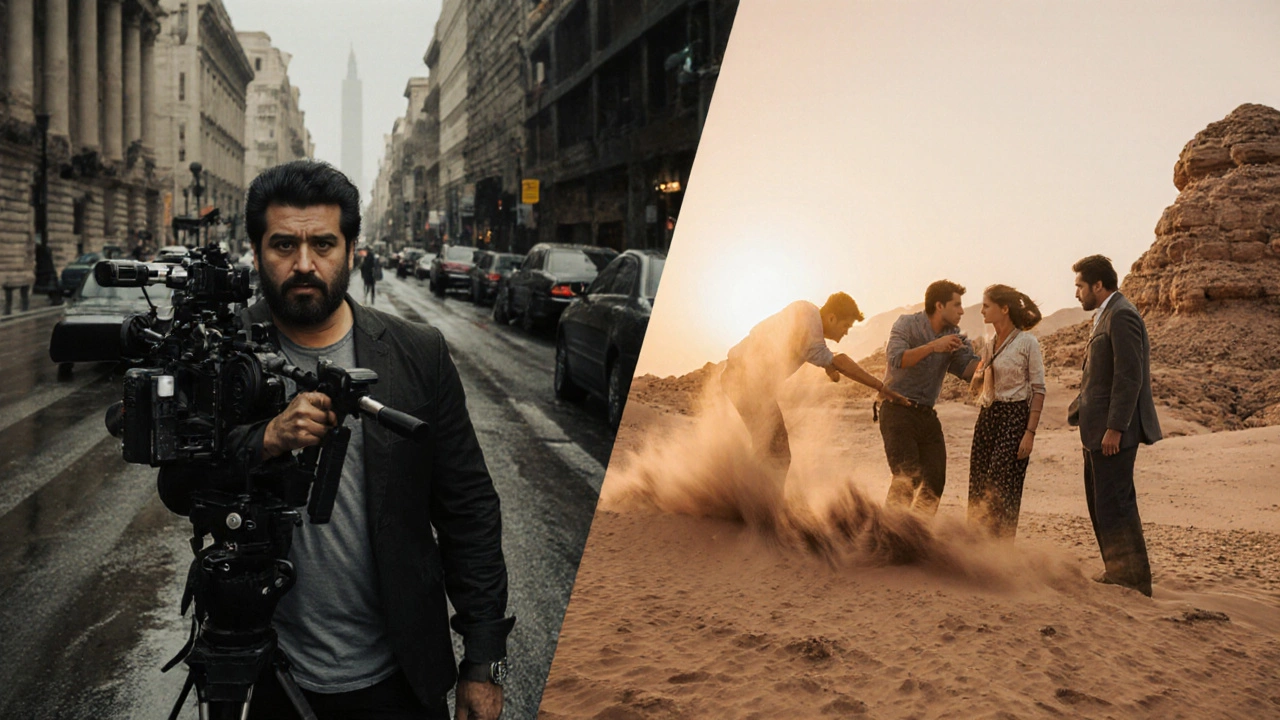
The Sequel That Finished the Story
By 2018, Kamal had enough material for a sequel. He titled it Vishwaroopam II. He didn’t just continue the story - he rewrote it. He added new characters, new locations, and new layers of espionage that tied back to scenes shot as early as 2005. The sequel wasn’t a cash grab. It was the final chapter of a story that had been evolving for 15 years.
Vishwaroopam II was released in 2018. It made ₹120 crore worldwide. Critics called it a masterpiece. But Kamal didn’t celebrate. He kept editing. He added a 10-minute epilogue in 2020, filmed in Chennai during lockdown. He released it as a digital exclusive. In 2023, he added a deleted scene from 2009 - a quiet moment between two spies in a Paris café - that he’d never had the budget to shoot properly until now.
What Makes This Film Unique in Indian Cinema
No other Indian film has taken this long. Not because of censorship, not because of legal battles, not because of budget cuts - but because the filmmaker refused to compromise. Most directors finish a film and move on. Kamal Haasan kept returning to this one. He used his earnings from commercial films to fund his passion project. He turned his entire career into a funding mechanism for a single story.
The film’s runtime is 167 minutes. But the total footage shot over 20 years is over 40 hours. That’s more than most directors shoot in their entire careers. He filmed in 12 countries. He worked with 37 different crew members over the years - many of whom came back multiple times because they believed in the vision.

Why This Matters for Indian Filmmaking
Vishwaroopam proved that Indian cinema doesn’t need big studios or mass appeal to make something lasting. It showed that a single artist, with patience and discipline, can create a work that transcends language, region, and genre. Today, young filmmakers in Chennai, Hyderabad, and Kochi cite Vishwaroopam as inspiration. They’re no longer afraid to make slow, personal films.
It also changed how audiences think about Tamil cinema. Before this, people assumed regional films were limited in scope. After Vishwaroopam, they started expecting the same level of ambition from all Indian films - whether in Hindi, Telugu, or Malayalam.
The Legacy of a 20-Year Film
Kamal Haasan never called it a record-breaking project. He never talked about it in interviews as a ‘feat.’ He just kept working. In 2024, he quietly released a 4K restoration of the original 2013 cut - with audio remastered using AI tools he helped develop. He didn’t announce it. He just uploaded it to a private portal for fans who’d supported him since 2005.
Today, Vishwaroopam stands as more than a movie. It’s proof that art doesn’t need deadlines. It needs dedication. And sometimes, the most powerful stories aren’t made in a year - they’re made over decades, one frame at a time.
What film took 20 years to make in India?
The film that took 20 years to make in India is Vishwaroopam and its sequel Vishwaroopam II, directed by and starring Kamal Haasan. Filming began in 2003 and continued intermittently until 2023, with scenes shot across 12 countries during breaks in his other projects. It wasn’t delayed by funding or censorship - it was built slowly, deliberately, with Kamal using his own earnings to fund the project over two decades.
Why did it take so long to make Vishwaroopam?
It took so long because Kamal Haasan refused to rush the process. He didn’t have a studio backing him, so he filmed scenes whenever he had time, money, or access to a location - during breaks from other films, on personal trips, or even during family vacations. He waited for the right lighting, weather, actors, and political conditions. He kept adding scenes, rewriting dialogue, and improving visuals until he felt every moment was authentic. This wasn’t a delay - it was a philosophy.
Was Vishwaroopam a commercial success?
Yes. The first film, released in 2013, earned ₹60 crore in its first week despite having no major distributor. The sequel, Vishwaroopam II, released in 2018, made ₹120 crore worldwide. Its success proved that audiences would support ambitious, non-formulaic Tamil cinema - and it paved the way for other regional filmmakers to take creative risks.
How many countries were filmed in for Vishwaroopam?
The film was shot in 12 countries, including India (Chennai, Kashmir, Delhi), the United States (Washington D.C., New York), Jordan, Turkey, France, Spain, the United Arab Emirates, Singapore, Malaysia, Sri Lanka, Canada, and the UK. Many scenes were shot during Kamal’s personal or professional trips, making the production incredibly fragmented but also deeply authentic.
Is there a director’s cut or extended version?
Yes. In 2024, Kamal Haasan released a 4K restoration of the original 2013 version with remastered audio and a few previously unseen scenes from 2009 to 2015. He also added a 10-minute epilogue filmed during the 2020 lockdown. These versions are available only through his official fan portal - not on any streaming platform.
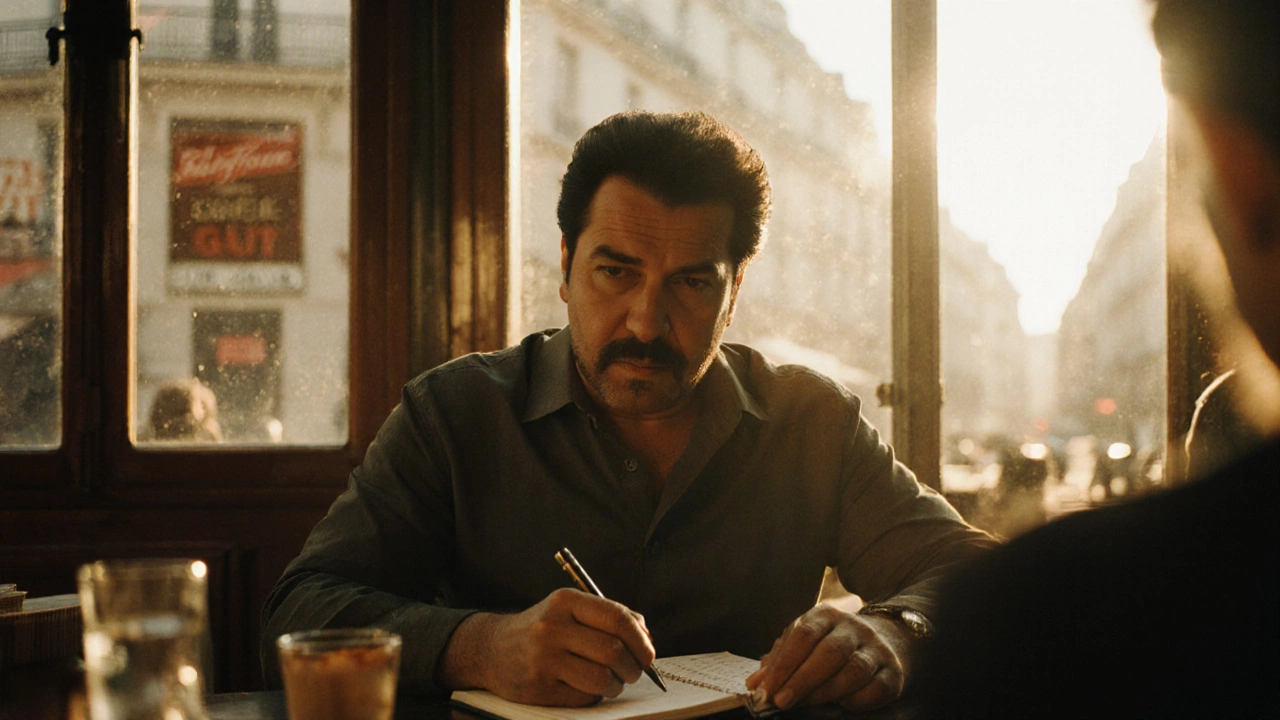

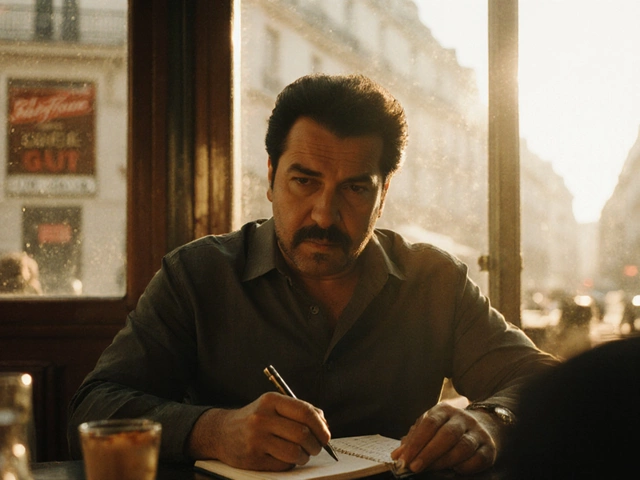
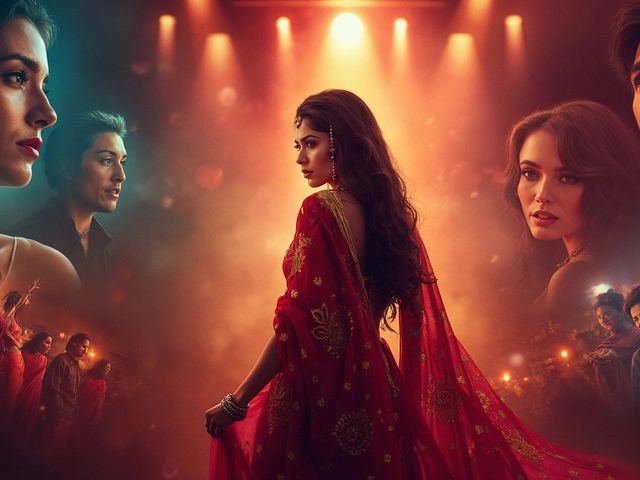
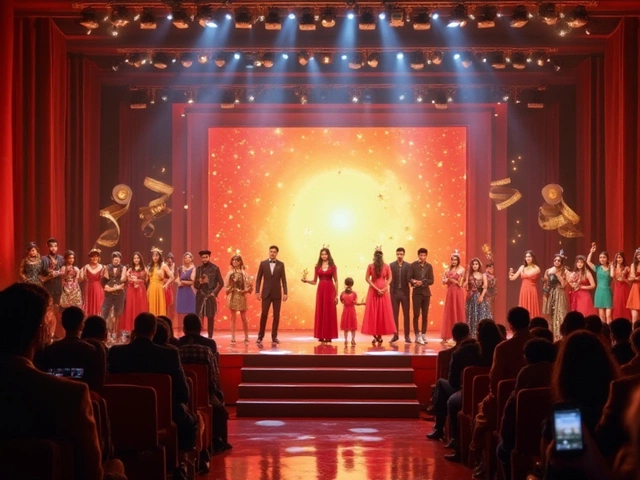
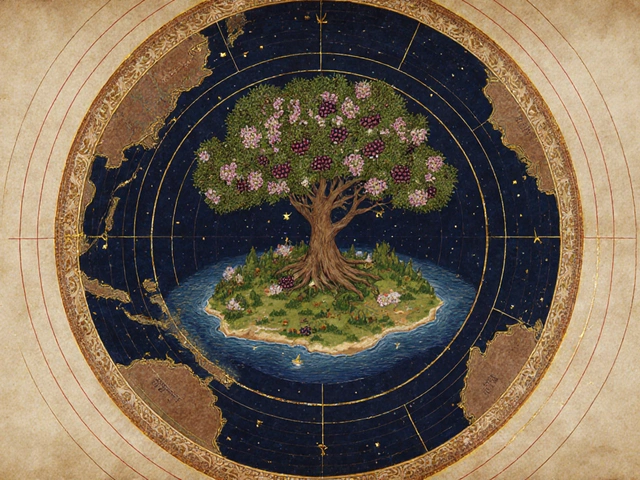
Post A Comment